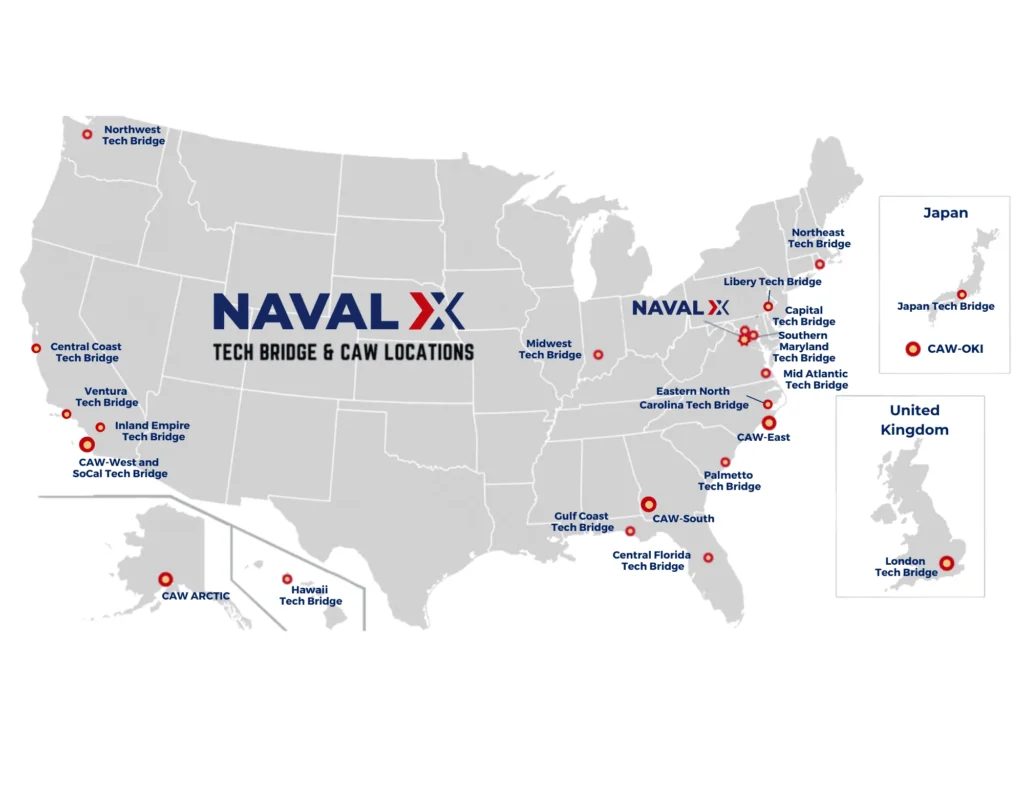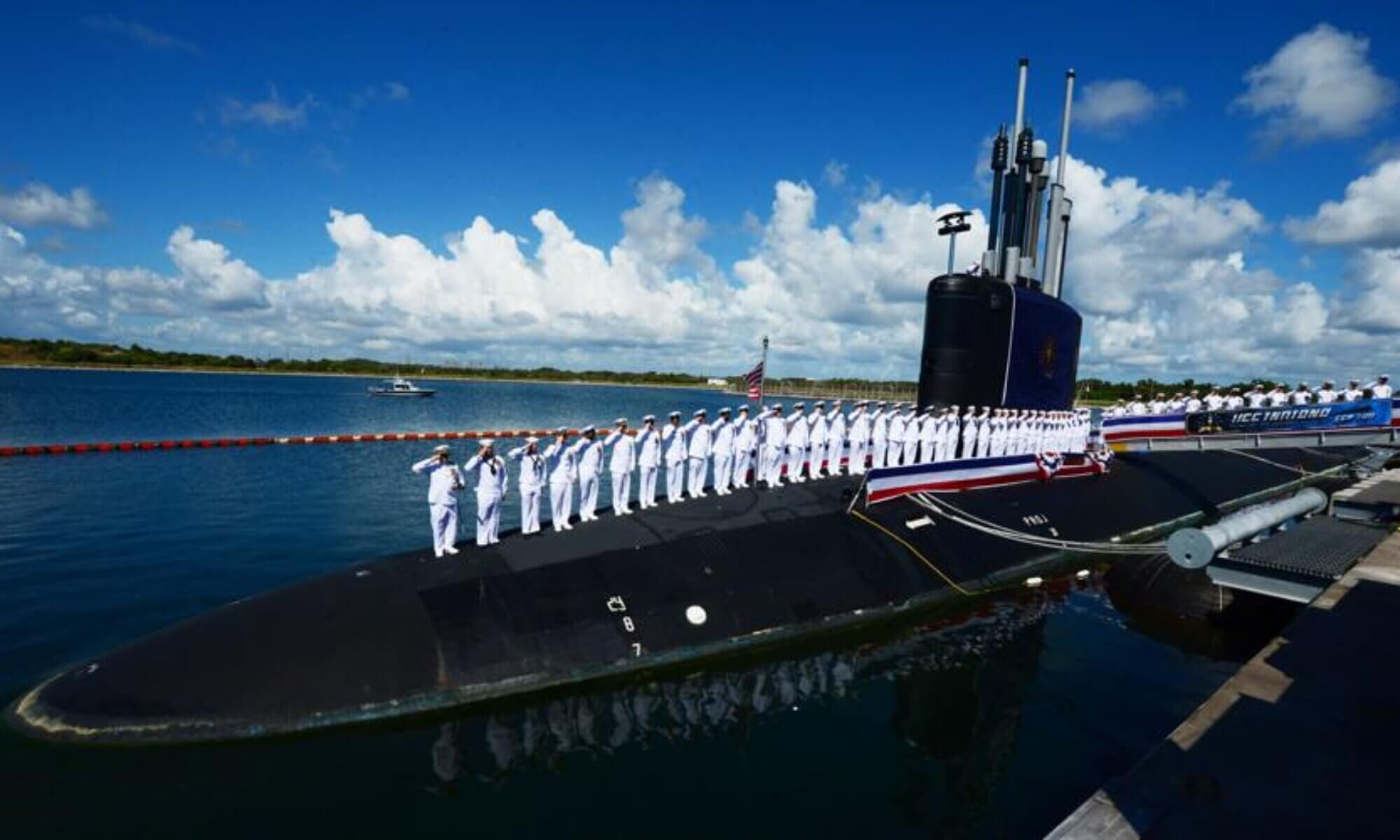The United States Navy has long been at the forefront of technological innovation and advancement. However, in recent years, it has become clear that the Navy needs to adapt to new technologies more quickly and efficiently in order to remain competitive in an increasingly complex and rapidly evolving global security environment. That is where the Navy Tech Bridge program comes in.
The Navy Tech Bridge program, which is part of the larger Navy Agility Office, is a collaborative effort that aims to connect the Navy with private sector companies and academic institutions to accelerate the adoption of new technologies. The program currently operates in six different regions across the United States: New England, the Mid-Atlantic, the South, the Midwest, the Southwest, and the West Coast.
The program’s focus is on developing partnerships between the Navy and private sector entities that have expertise in areas such as artificial intelligence, robotics, and cybersecurity. Through these partnerships, the Navy is able to leverage the knowledge and resources of these organizations to more quickly and effectively develop and implement new technologies that can enhance its operational capabilities.
One of the key reasons why the Navy Tech Bridge program matters is that it helps the Navy to stay ahead of the curve when it comes to technological innovation. As new technologies emerge and evolve at an increasingly rapid pace, it is crucial for the Navy to be able to identify and adopt those technologies quickly in order to maintain its edge over potential adversaries. The Navy Tech Bridge program helps to facilitate that process by connecting the Navy with private sector entities that are on the cutting edge of technological innovation.
In addition to its benefits for the Navy, the Navy Tech Bridge program also has positive implications for the broader economy. By facilitating partnerships between the Navy and private sector companies, the program creates opportunities for innovation and collaboration that can lead to new jobs and economic growth in the regions where it operates.
Americans for a Stronger Navy, a non-profit education and advocacy organization that supports a strong and technologically advanced United States Navy, has been a vocal supporter of the Navy Tech Bridge program. In a statement, the organization said that it “applauds the Navy’s efforts to build bridges with the private sector and academia to accelerate the adoption of new technologies that can enhance the Navy’s operational capabilities.” Americans for a Stronger Navy recognizes the importance of staying ahead of potential adversaries and believes that the Navy Tech Bridge program is an important step in that direction.
Overall, the Navy Tech Bridge program is an innovative and important initiative that has the potential to significantly enhance the Navy’s technological capabilities. By facilitating partnerships between the Navy and private sector entities, the program helps to ensure that the Navy remains at the forefront of technological innovation and is able to adapt quickly to new challenges and opportunities.
Most Common Focus Areas
Artificial Intelligence, Unmanned Systems, CyberMachine Learning, Modeling and Simulation, Autonomous Systems, Advanced manufacturing, Additive Manufacturing, Digitalis EngineeringpHigh Performance, Computing Command, and Control, Data Analytics.

As a naval organization, the United States Navy has an interest in a wide range of topics related to maritime operations, national security, and defense. Some of the key areas of interest for the Navy include:
Naval warfare and tactics
Naval aviation and air defense
Surface ship operations and maintenance
Undersea operations, including submarines and unmanned underwater vehicles (UUVs)
Cybersecurity and information technology
Space operations and satellite communications
Maritime security and counterterrorism
Intelligence, surveillance, and reconnaissance (ISR)
Logistics and supply chain management
Environmental sustainability and conservation
Medical and health services for naval personnel
Research and development of new technologies for naval operations
International partnerships and cooperation with allied navies
Education and training for naval personnel.
These topics are all critical to the Navy’s mission of defending the United States and its allies, maintaining global security and stability, and ensuring freedom of navigation on the world’s oceans.

